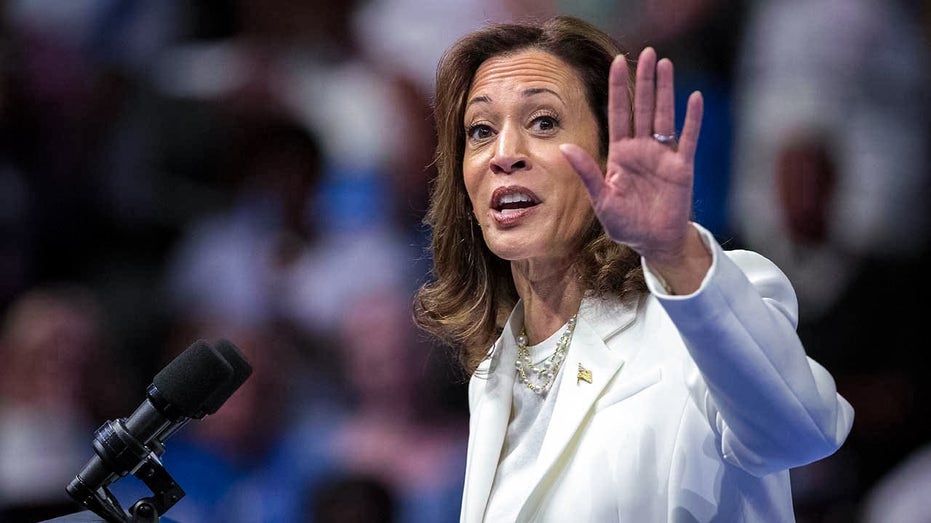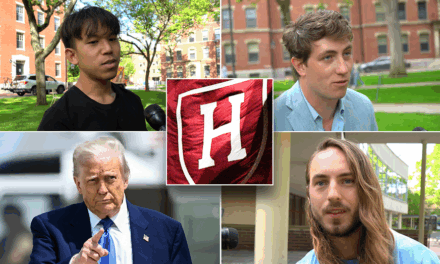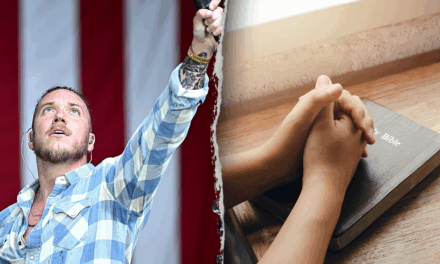As of today, it has been 78 days since Kamala Harris, the Democratic Vice Presidential nominee, has conducted a formal press conference. This extended absence of a formal interaction with the media raises questions about the approach and strategy of the Biden-Harris campaign in terms of media engagement.
Harris, who was announced as the vice-presidential running mate by Joe Biden in August, has been actively campaigning across the United States. However, her limited availability for direct media questioning has become a noticeable aspect of her campaign strategy. While she has participated in some interviews and public events, a traditional press conference, where media outlets would have the opportunity to ask a series of unscripted questions, has not taken place.
This decision by the campaign may reflect a cautious strategy given the unprecedented dynamics of the current election climate. The COVID-19 pandemic has significantly transformed how campaigns are conducted, favoring digital interactions and small, controlled environments over large-scale rallies and events. Further, the Biden-Harris campaign may also be actively managing exposure to minimize any risks of a communications misstep that could be capitalized on by political opponents.
Despite the absence of a traditional press conference, Harris has remained visible in media channels, engaging with various segments of the voter base through virtual town halls, speeches, and participation in televised events. Her appearances have consistently highlighted key campaign messages such as healthcare reform, racial justice, and the handling of the COVID-19 pandemic, all while relying on carefully framed narratives.
Critics argue that avoiding a formal press conference limits journalistic rigor and public accountability, suggesting that the campaign is deliberately avoiding potentially difficult questions. Supporters, on the other hand, argue that maintaining media control is a strategic necessity in an era where unexpected gaffes or controversial statements can rapidly dominate news cycles and social media platforms, potentially hindering campaign efforts.
The absence of a formal press conference also contrasts with the traditional expectation that candidates avail themselves for more unstructured forms of media interaction, which can serve as valuable opportunities for the public to gain insights into their unscripted stances on diverse issues.
As the election approaches its final stages, it remains to be seen if Kamala Harris will change course and hold a formal press conference. The dynamics of media interactions during this political season illustrate the constant negotiation between maintaining message discipline and fulfilling the public’s demand for access and accountability. The balance struck by the Harris campaign could potentially influence future strategies for how candidates engage with the press during critical election periods.































